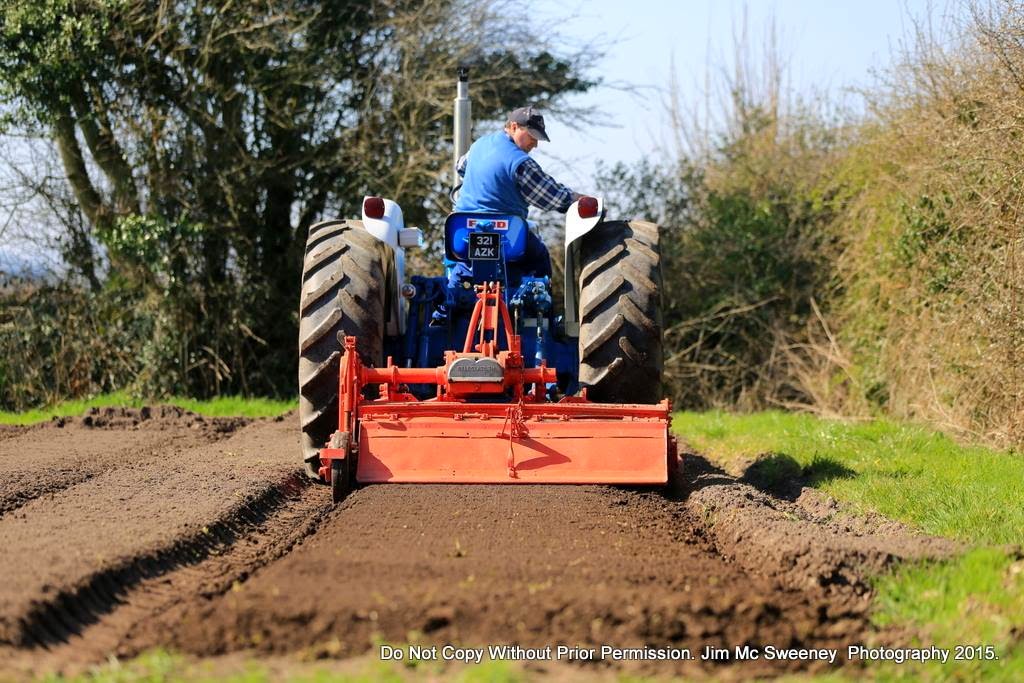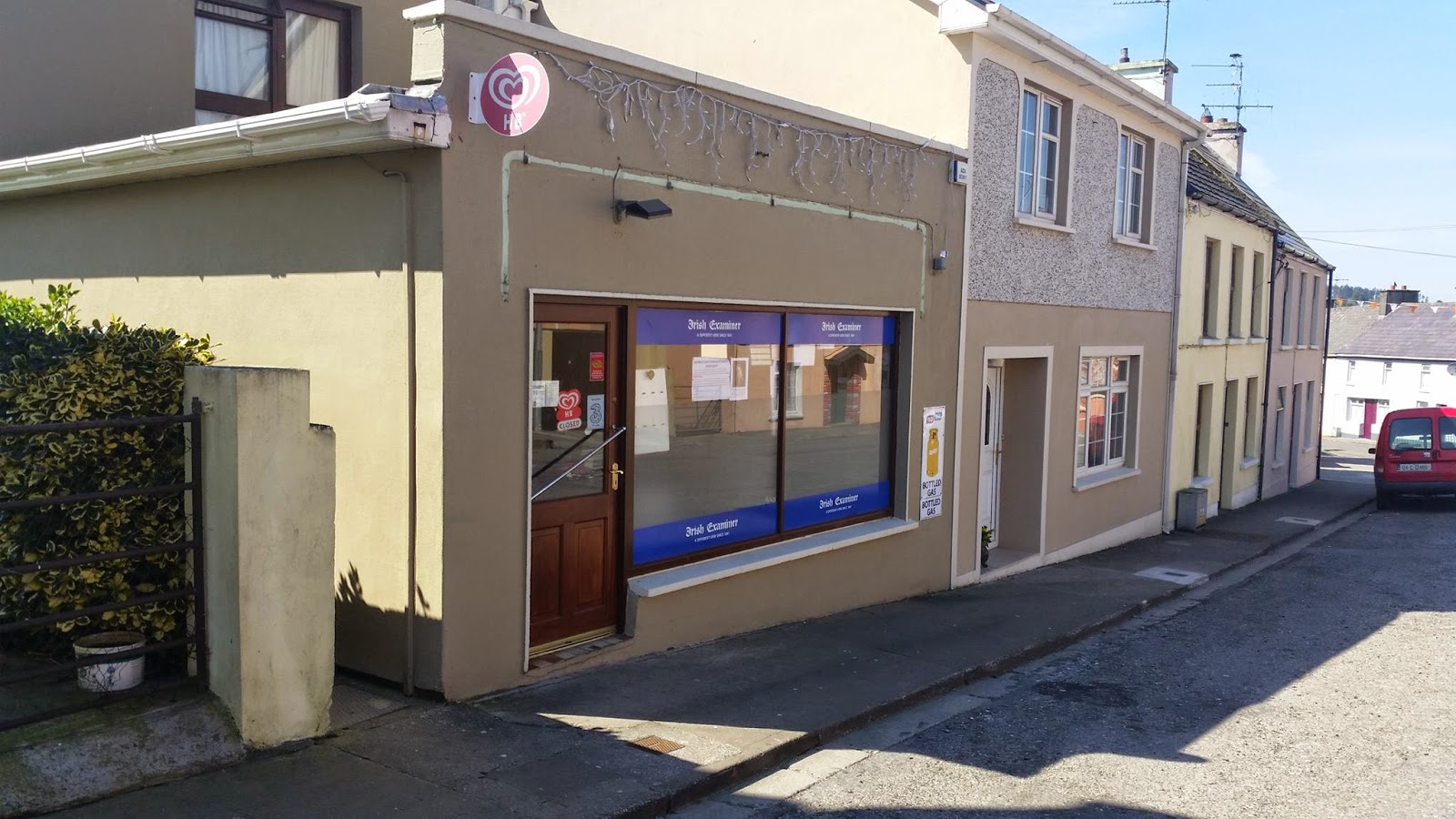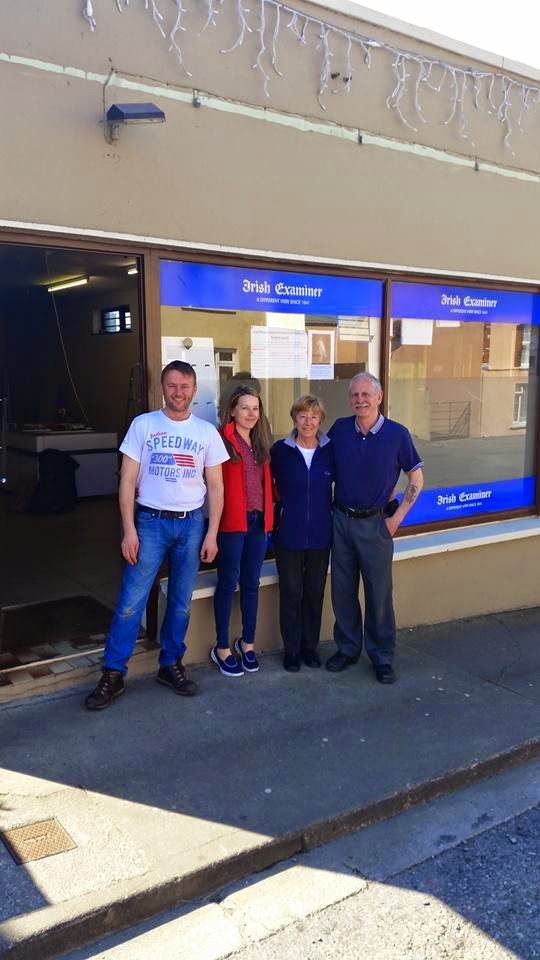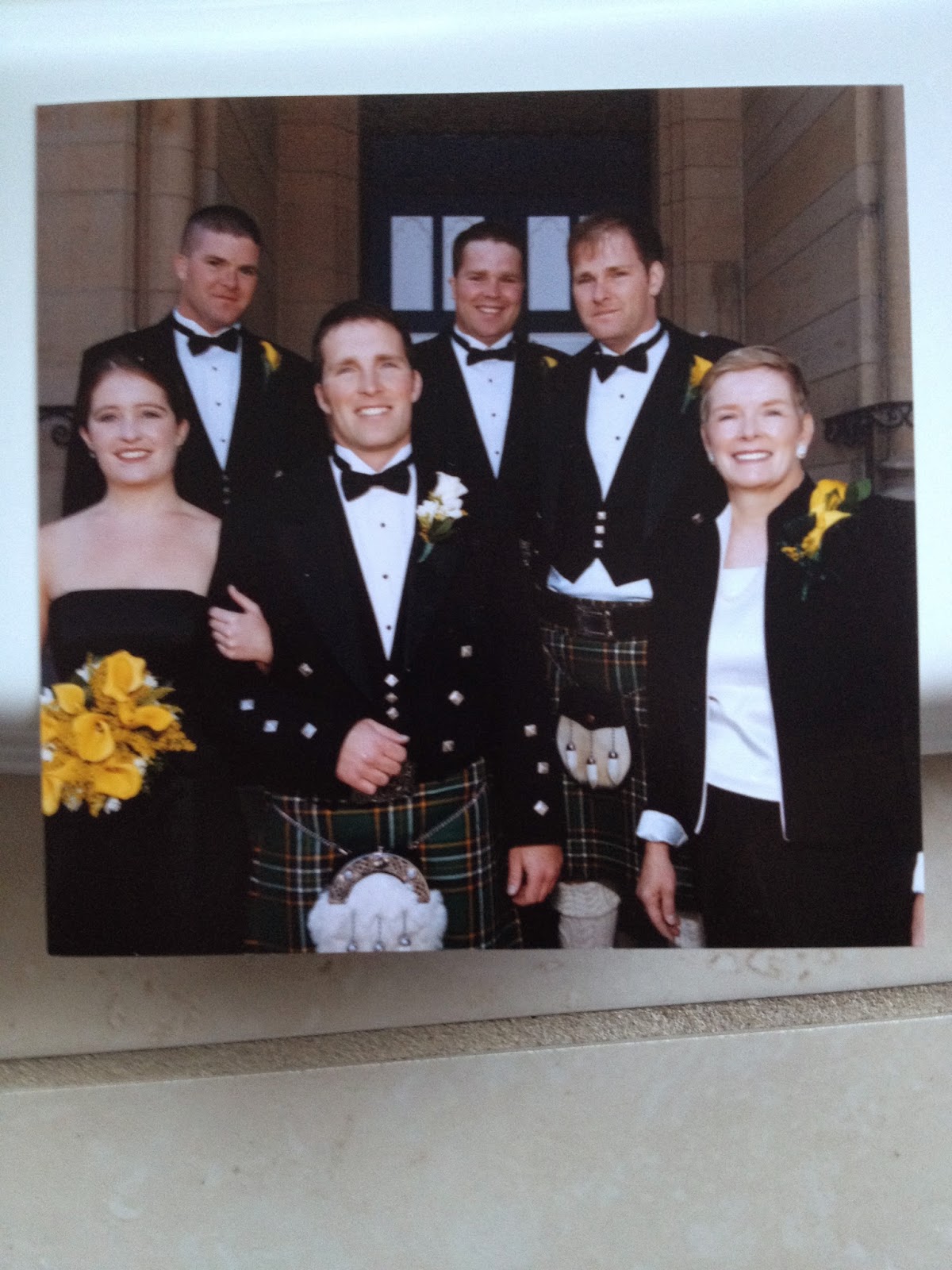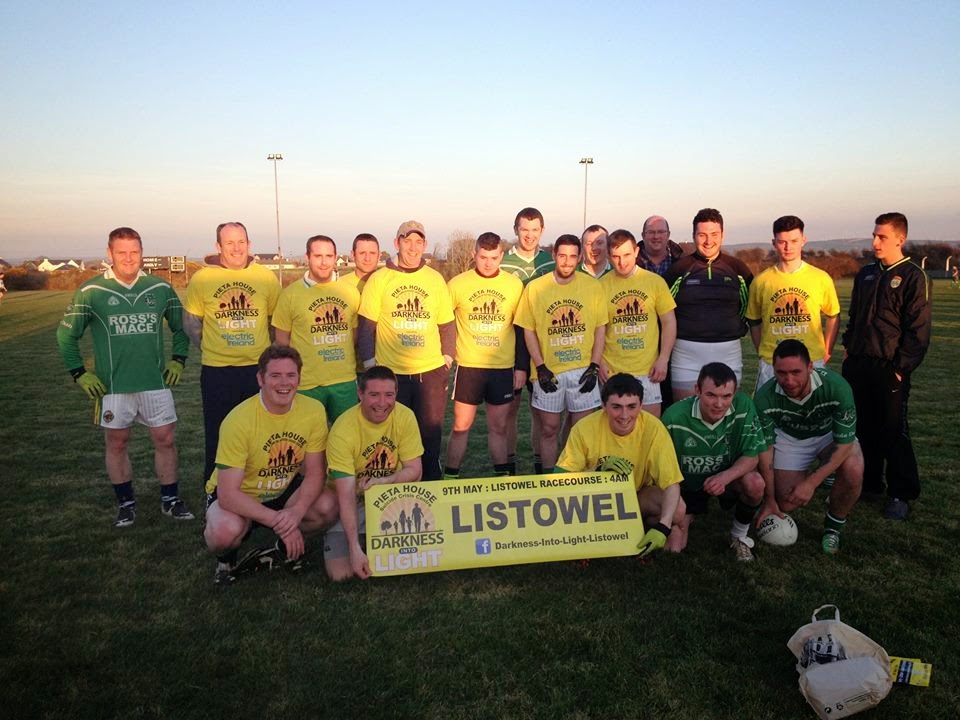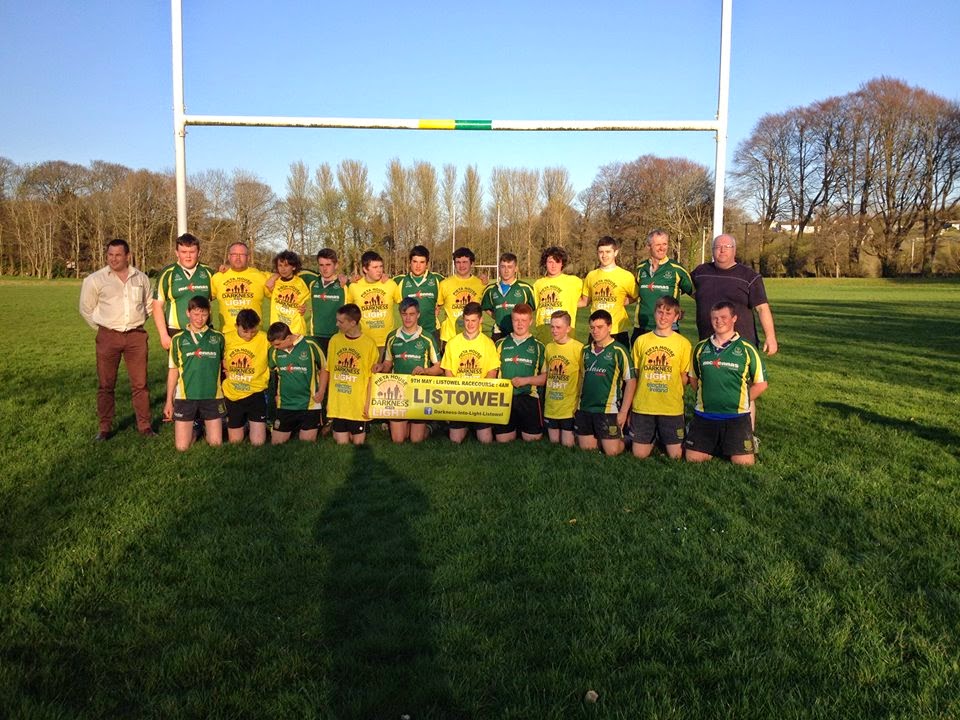
Sheep in Beauford…Photo; Chris Grayson
<<<<<<<<<
Then and Now

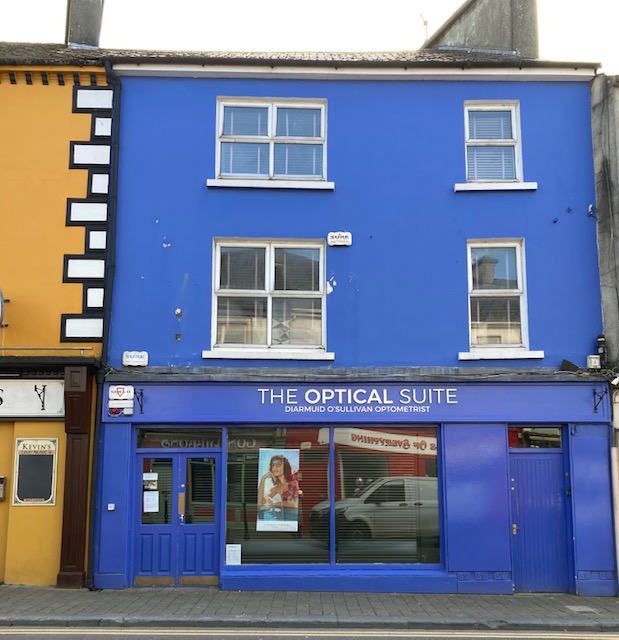
<<<<<<<<<<
A Side Altar at St. Mary’s

Do you remember when there used to be a Women’s Aisle and a Men’s Aisle? I visited a church once where the last few seats in each aisle were reserved for men. Men were reluctant to parade up the church. From biblical times going to the top pews was seen as a symbol of arrogance and hubris.
Jimmy Hickey once told me a great Listowel story. Jimmy’s father was a shoemaker and he had a shoemaking factory employing several shoemakers. New shoe leather was stiff and squeaked until it was “broken in” Some customers asked the Hickey shoemakers to leave the squeak in so that, when they walked up the church on Sunday, people would know they had brand new custom -made shoes. Hubris or what?
Some churches even had seats reserved for families who were particularly generous in their dues. In a church near my home parish a wealthy local man had his seat in the sanctuary, i.e. inside the altar rails.
When he was thrown out following Vatican 2, he took umbrage and frequented a neighbouring parish for the rest of his life.
Thankfully those old hierarchies are no more.
<<<<<<<<<<
Setting the Potatoes
Good Friday was traditionally the day for setting the potatoes (for some reason we didn’t use the very “sowing” for potatoes).
Here from the Schools’ Folklore Collection is an account of how it was done in 1938 in Beale.
Potato crop – preparation of the ground
We set potatoes at home. We usually set an acre or so of them. We set them in drills and ridges. If it is on drills we set them the ground is ploughed once or twice and then harrowed and rolled to make the earth fine. Then the drills are opened with a common plough. Then the manure is drawn out and spread between the drills. Then bags of seed are brought to the garden and the neighbouring men and women come to help spread the seed.
When the seed is spread the drills are finished with a plough-both manure and seed are covered by splitting the drills. When they set them in ridges the manure is sometimes spread on lea ground and some farmers wait until they mark the ridges. When the ridges are made the manure is spread on them and three cuts are made in the breadth of the ridge to receive the seed. Now the earth on the furrows must be made fine. This is done by a machine called a scuffler and by getting a horse to draw a stone over the earth to make it fine. This fine earth is put up on the ridges with a spade and this finishes the preparation of ground and the planting of the seed.
Michael Griffin
Bromore
Ballybunion
11-11-38
Gloss; lea is fallow ground, maybe a headland
Furrow is the earth between the ridges
To scuffle the earth was to break it up, dislodging weeds and unwanted growth.
…………..
The potato crop- and its after cultivation.
Soon after the steaks (maybe stalks) appear above the round they require some weeding. The owner of them will come on and weed them either with the hand or hoe. When the stalks are strong they are scuffled with a machine called a scuffler. After this the broken earth that is between the furrows is made smoother still by means of a big flat stone attached to a horse. When this is done the earth is put up to the side of the drill by means of a double boarded plough. Then they are sprayed by means of a spraying machine. This is the after cultivation of a potato crop.
Kitty Griffin
Bromore,
Ballybunion
Nov 11th 1938
<<<<<<<<<
At Canon’s Height
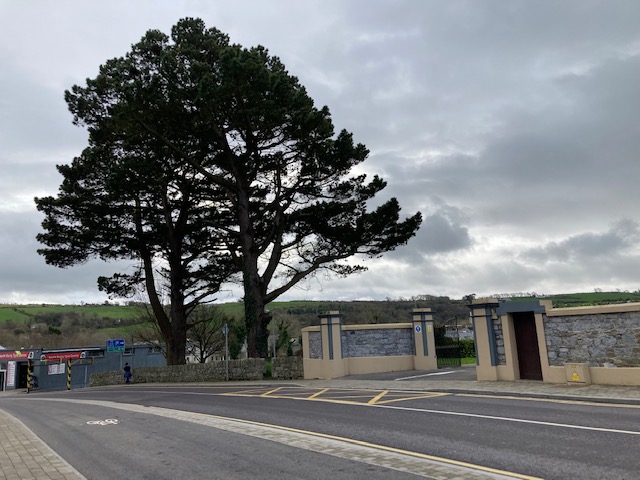
“Poems are made by fools like me
But only God can make a tree.”
Joyce Kilmer
<<<<<<<<<
A Fact
Each king in a deck of playing cards represents an actual king.
Spades- King David
Clubs- Alexander the Great
Hearts- Charlemange
Diamond- Julius Caesar
<<<<<<<<<<

